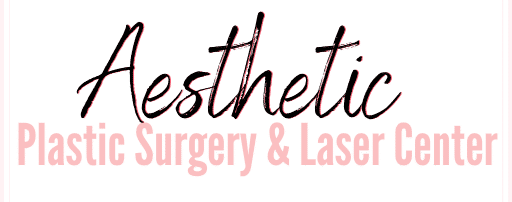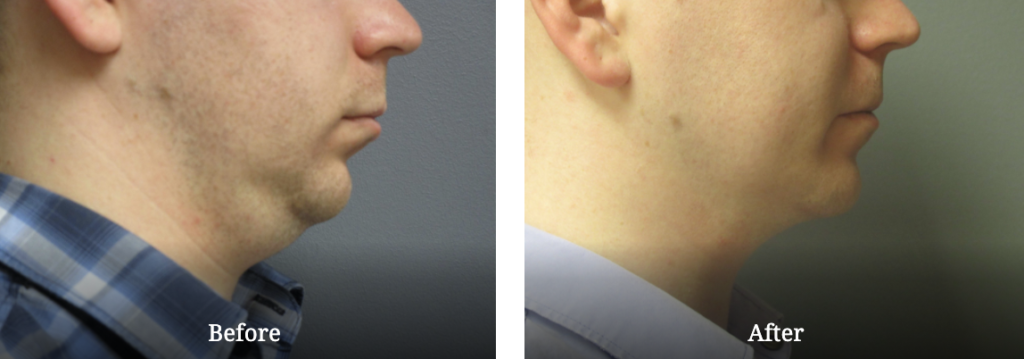Liposuction of the chin, also known as submental liposuction, neck liposuction, or lipectomy, removes fatty deposits from areas around the chin and neck. Liposuction of the chin can improve the contour of the chin and jawline, get rid of a double chin or unwanted fullness underneath the chin, and make the face appear thinner overall.
Chin liposuction is often combined with other procedures such as a neck lift or facelift
As we age, lower parts of the face can sag, and the skin can become loose. Volume of certain areas of the face decreases, and the texture of the skin changes. This can heavily affect areas of skin under the chin, causing jowls, and large amounts of loose skin around the neck and chin. Typically, those who are in their twenties through early fifties have better skin elasticity, which is necessary for the skin to contract smoothly after liposuction, and are good candidates for the procedure.
Liposuction of the chin, also known as submental liposuction, neck liposuction, or lipectomy, removes fatty deposits from areas around the chin and neck.
Who is a good candidate for chin liposuction surgery?
Someone is an ideal candidate for chin liposuction if:
• They are looking for a procedure that will remove excess fat from under the chin or around the neck and help shape the jawline.
• They have good skin elasticity.
• They are generally in good health.
• They do not smoke or drink excessively.
• They do not have any medical conditions that can impair or slow the healing process.
• They have realistic goals for the outcome of the surgery.
Although the basis for liposuction is removal of fat deposits, liposuction is not a substitute for weight loss. If you are planning on losing a large amount of weight, you should to talk to your doctor about the best time to have the procedure. Usually, this is when you are close to your weight loss goals, or you have already achieved them. Dr. Hardaway will help you find the ideal time and procedure plan that works best for you.
Chin liposuction is often combined with other procedures such as a neck lift or facelift, to remove lose skin and contour all areas of the face. Typically, those who are in their twenties through early fifties have better skin elasticity, which is necessary for the skin to contract smoothly after liposuction, and are good candidates for the procedure. But, there are other procedures that can help contour the jawline, as well as other areas of the face and neck.
How Is Chin Liposuction Performed?
The patient is under general anesthesia or local anesthesia with IV sedation (twilight anesthesia) for the procedure. A very thin tube called a cannula is inserted, through small incisions, under the skin to reach fat deposits. The cannula is attached to a vacuum, and the doctor will move the tube under the skin, to suction out fatty deposits under the chin and neck. The fat can also be inserted and repositioned within or around the face, to further contour and shape the face and jawline. Liposuction is an outpatient procedure, so the patient will be sent home when they are awake after the procedure is completed. Patients should plan on having someone to drive them home from the procedure.
Liposuction is a minimally invasive procedure, so recovery is not as long as that of a more invasive surgery. You should remain upright immediately after surgery, as well as in the following days, to reduce swelling and help facilitate the healing process. The patient will typically wear a compression for the few days or so after surgery, to help keep pressure on the area under the chin. Swelling and bruising are normal after the procedure, but are minimal. Patients can normally return to work after several days, depending on the physical activity of the job. Normal physical activity can usually be resumed 2 to 3 weeks after surgery. Do not resume normal physical activity or return to work until cleared by the doctor.
How Long Do Results Last?
Results from liposuction lasts for many years, as the fat is removed from the body. However, natural processes such as weight gain, aging, factors from pregnancy, and other lifestyle factors, including genetics, can cause variations. Following the doctor’s specific instructions after face and neck surgery will help the results from your procedure last as long as possible. If you are in the process of losing weight, it is best to be near or at your weight loss goal before having the procedure done. This will ensure the best and longest lasting results from the procedure.

